Kubjikaa the Erotic Goddess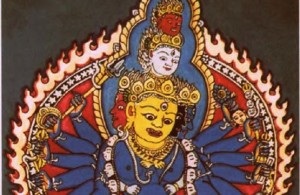 | Written By Dr. Dyczkowski Read More |
The Cult of the Goddess Kubjika | Written By Dr. Dyczkowski Read More |
The Inner Pilgrimage of the Tantras | Written By Dr. Dyczkowski Read More |
Khacakrapancakastotra and Mahanayaprakaasa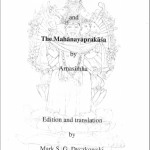 | Written By Dr. Dyczkowski Read More |
Self Awareness and Egoity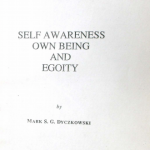 | Written By Dr. Dyczkowski Read More |
Swagatham to the Journey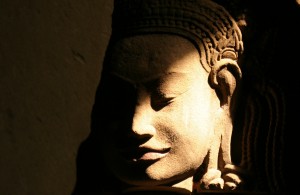 | Introduction to Anuttara Trika Kula based on a recent lecture by Dr. Dyczkowski. Read More |
Goddess Kubjika | Article on Mother Kubjika and her immense metaphysical depth. Read More |
Abhinavagupta's Primary Works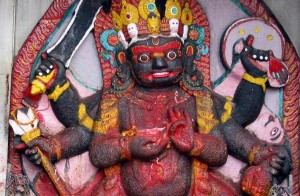 | A short exploration into works of Abhinava & the importance of Tantraloka. Read More |
2 Replies to “Articles”
Comments are closed.
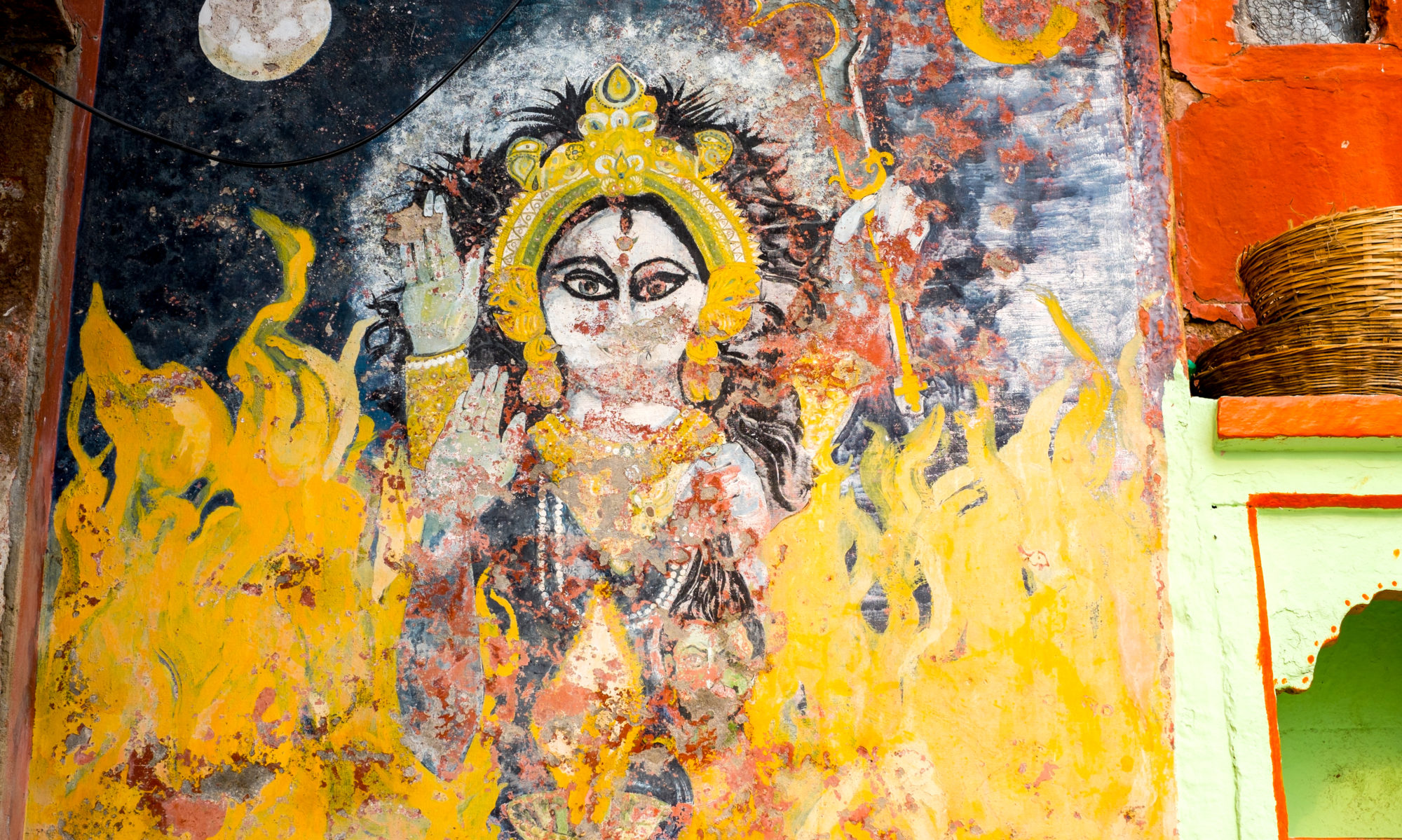
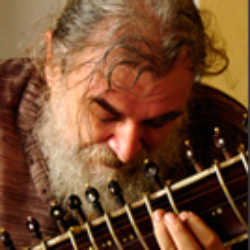
Dear Mark,
I know you are a busy man, but if you ever get the chance, I wonder if you could clear up a question I have concerning the concept of free will with regards to Kashmir Shaivism vs Advaita Vedanta – in particular in relation to the individual Atman of the apparent person/jiva.
Advaita Vedanta posits a purely inert consciousness, so it must postulate a (somehow external) ‘field of ignorance’ for consciousness to interact with to make anything happen.
In the same way, the Atman of the individual is also said to be inert, and requires this field of ignorance/Maya, in the form of the mind/intellect etc to do anything.
Now, it seems to me that Kashmir Shavism offers a far more sensible ontology, where Brahman/Shiva is both inactive and active, and ‘Maya’ is nothing other than the dynamic aspect of consciousness manifesting.
I am trying to establish how this translates on the individual level as far as what we would refer to in the west as ‘free will’? Does the individual ‘atman’ initiate action?
The purely inert vision of consciousness as promoted by advaita has never appealed to me, and seems to be missing something. It seems to me that consciousness must also be active, both in terms of the entire creation, but also on the individual level of the apparent individual being.
In advaita, we are told ‘you are not the doer’, stating that we are essentially robots pushed around by this out outside agency of ‘maya’.
I’ve noticed the teaching that ‘you are not the doer’ also appears in Kashmir shaivism, but I suspect that the meaning is different. I get the impression that in kashmir shaivism, what they mean by this is that it is god who is the doer, both on the level of the entire creation but also on the individual level, but then this is leads on to the realisation that you are god, so you are the doer after all, but maybe just not the doer you thought you were!
Thank you for any clarification you can provide no whether this is on the right tack or not!
Regards,
Douglas
Douglas wrote: “In advaita, we are told ‘you are not the doer’, stating that we are essentially robots pushed around by this out outside agency of ‘maya’.” That is not an accurate statement. To be accurate, it would need to be rephrased as “In Advaita, we are told ‘you are not the doer’, because we are the Absolute Awareness experiencing the world through the viewpoint of a human being.”
Ram Dass used to give the example of driving a car. We would be wrong to say “I am a 1998 Ford Escort”, even though we occupy the car and pilot it.
Mark himself wrote in “The Doctrine of Vibration” that “The ego arises from the mistaken notion that the light of consciousness reflected in the intellect and coloured by objectively perceived phenomena is the true nature of the Self. Thus, the personal ego falsely identifies the Self with that which is not the Self and vice versa.”
So, that mistaken notion is that what you are calling “robots” is your identity, rather than the “light of consciousness”.
Lastly, here is Ramana Maharshi on the lack of substantive differences between Kashmir Shaivism and Advaita Vedanta:
29th November, 1936
Talk 288.
Explaining Maya of Vedanta and swatantra of Pratyabhijna
(independence of recognition), Sri Bhagavan said:
“The Vedantins say that Maya is the sakti of illusion premised in Siva.
Maya has no independent existence. Having brought out the illusion
of the world as real, she continues to play upon the ignorance of the
victims. When the reality of her not being is found, she disappears.
‘Recognition’ says that Sakti (power) is coeval with Siva. The one does
not exist without the other. Siva is unmanifest, whereas Sakti is manifest on account of Her independent will swatantra. Her manifestation is the display of the cosmos on pure consciousness, like images in a mirror.
The images cannot remain in the absence of a mirror.
So also the world cannot have an independent existence. Swatantra
becomes eventually an attribute of the Supreme. Sri Sankara says that
the Absolute is without attributes and that Maya is not and has no
real being. What is the difference between the two? Both agree that
the display is not real. The images of the mirror cannot in any way
be real. The world does not exist in reality (vastutah).
Both schools mean the same thing. Their ultimate aim is to realise
the Absolute Consciousness. The unreality of the cosmos is implied
in Recognition (Pratyabhijna), whereas it is explicit in Vedanta. If the
world be taken as chit (consciousness), it is always real. Vedanta says that there is no nana (diversity), meaning that it is all the same Reality.
There is agreement on all points except in words and the method of
expression.”